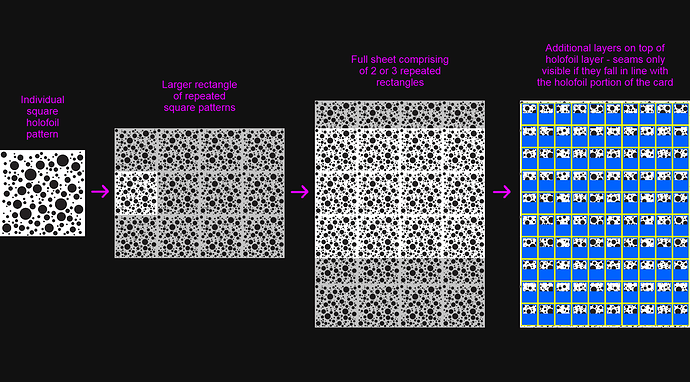Okay, so from my perspective the two main features are those 3 dot clusters, which look like this (this is not at all to scale or overly accurate, but just an example):
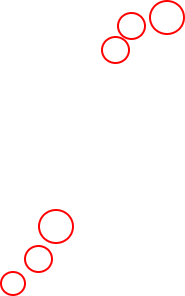
These repeat indefinitely throughout the entire sheet in a straight line (or that’s what they should do unless the holofoil layer is wonky):
A nice chain arrangement is formed whereby both sets of 3 dots flow from smallest to largest and somewhat curve around into the next pattern.
This is all what your posts already reveal anyway, but for some extra clarity what this means is that a card which does not have the same alignment of these clusters is not printed on the same sheet.
Here would be two cards we could assume were from the same sheet:
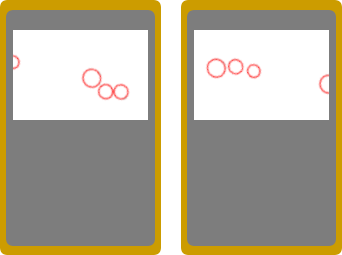
But these would rather obviously not be from the same sheet:
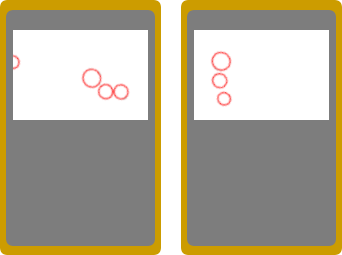
Likewise, and less obviously, these would not be from the same sheet either:
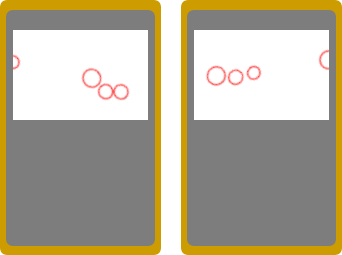
This all assumes, however, that the segments on my Pichu sheet conform to segments on all other sheets in that the holofoil pattern repeats in a uniform way. It would be nice if someone with a full Japanese sheet could confirm that this applies to those as well.
If the spacing was completely uniform throughout the entire sheet we could have used some maths to determine whether a pattern on one card would feasibly line up with the pattern on another, but like in my double swirl Pichu example in my previous posts the segmented holofoil areas ruin that idea. I guess here is where card centering comes into play, but I think that’s a completely different conversation for another day.
